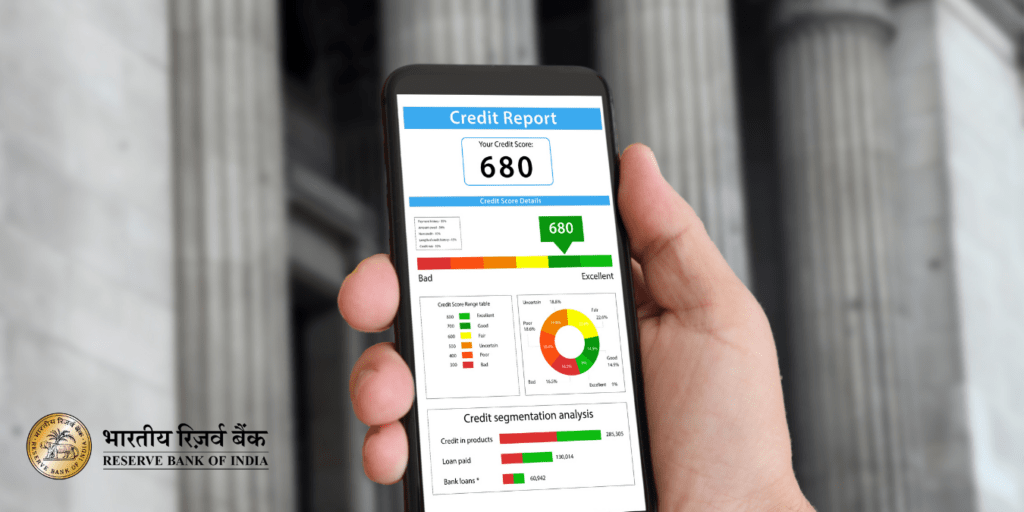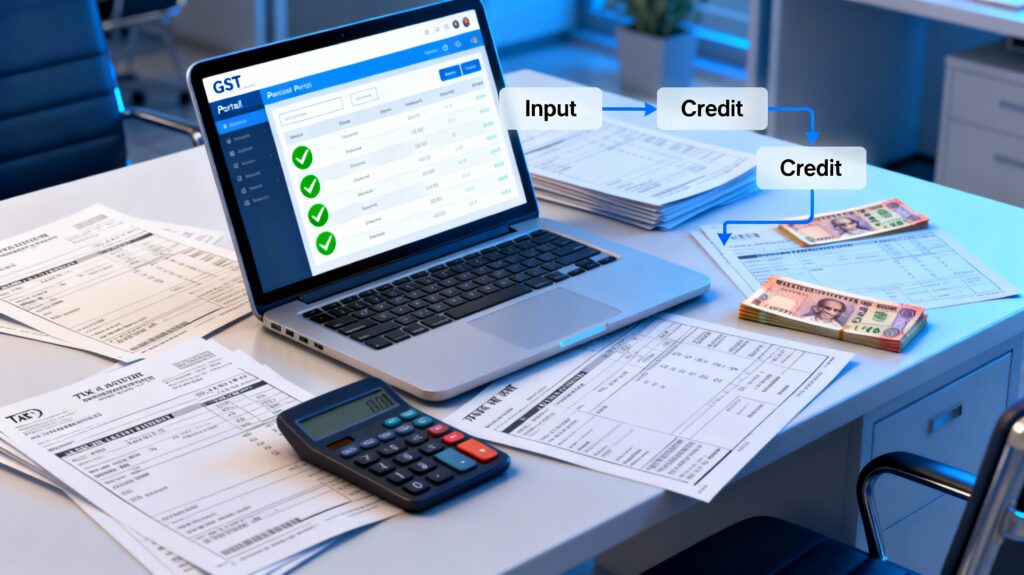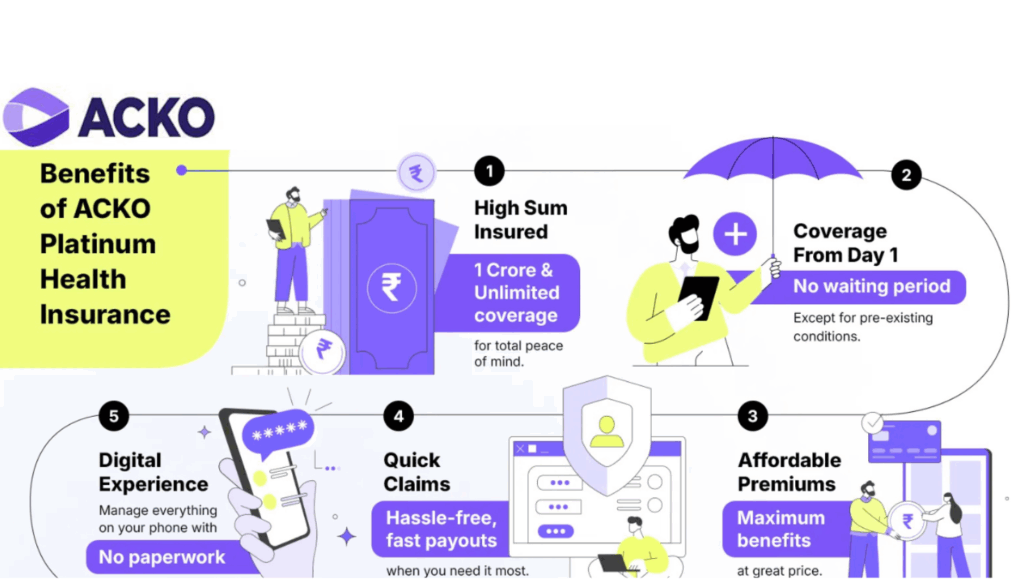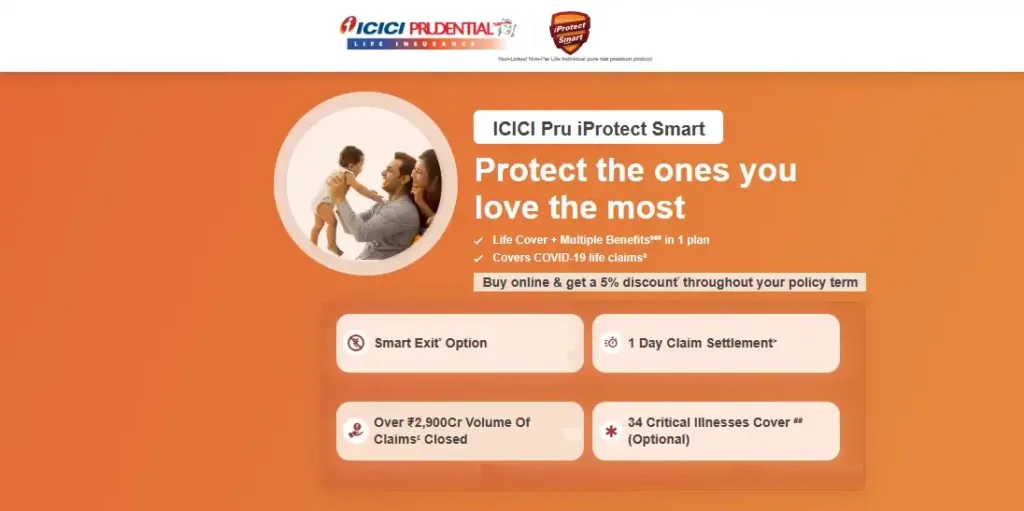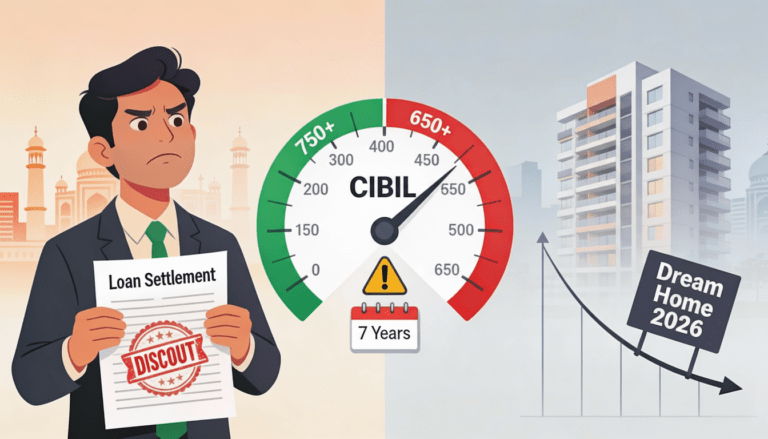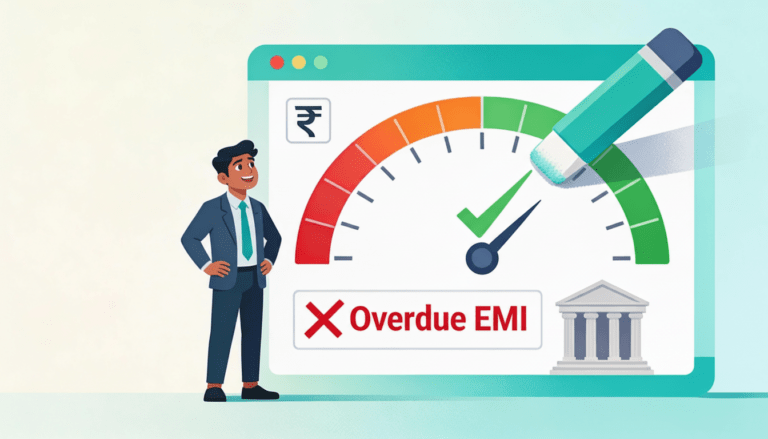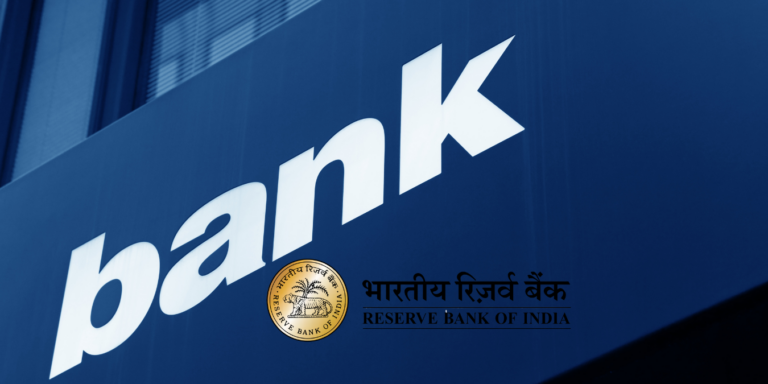
Dream of buying a ₹1 Crore home in India with a ₹1.65 Lakh salary and ₹10-15 Lakh savings? Learn smart strategies—home loan eligibility, down payment tips, EMI planning, and government schemes—to make it possible. Start your homebuying journey today!
Purchasing a ₹1 crore house in India at the age of 26, with a take-home salary of ₹1.65 lakh per month and savings of ₹10-15 lakh, is an ambitious yet achievable goal with meticulous financial planning. As a young professional with no family support, this significant investment demands careful evaluation of your financial capacity, strategic savings, and the long-term implications of homeownership. This comprehensive guide explores whether buying a ₹1 crore house is feasible, if it’s worth the commitment, and whether you’re ready or too early to take on such a responsibility. Packed with the latest data and actionable insights, this blog post is optimized to help you make an informed decision.
Can You Afford a ₹1 Crore House with Your Current Finances?
To assess the feasibility of purchasing a ₹1 crore house, let’s analyse your financial profile: a monthly take-home salary of ₹1.65 lakh and savings of ₹10-15 lakh. Here’s a detailed breakdown:
1. Home Loan Eligibility and Down Payment
In India, banks like State Bank of India (SBI), ICICI Bank, and HDFC Bank typically finance 75-80% of a property’s value through a home loan, requiring you to cover the remaining 20-25% as a down payment. For a ₹1 crore house:
- Down Payment: ₹20-25 lakh (20-25% of ₹1 crore).
- Loan Amount: ₹75-80 lakh.
Your current savings of ₹10-15 lakh cover 40-60% of the down payment, meaning you need an additional ₹5-10 lakh. Banks assess loan eligibility based on your ability to pay the Equated Monthly Instalment (EMI), which should ideally not exceed 30-40% of your take-home salary. With ₹1.65 lakh monthly income, your affordable EMI range is ₹49,500-₹66,000.
Using SBI’s home loan calculator (as of June 2025), a ₹75 lakh loan at an 8.5% interest rate for a 20-year tenure results in an EMI of approximately ₹65,100 per month. This is within your EMI capacity, indicating you may qualify for the loan, provided you have a strong credit score (CIBIL score of 750+) and no significant existing debts.
2. EMI and Loan Tenure Options
The EMI depends on the loan amount, interest rate, and tenure. Here’s a snapshot for a ₹75 lakh loan at 8.5% interest (SBI, 2025):
- 15-Year Tenure: EMI ≈ ₹74,000/month (exceeds your EMI capacity).
- 20-Year Tenure: EMI ≈ ₹65,100/month.
- 25-Year Tenure: EMI ≈ ₹60,500/month.
- 30-Year Tenure: EMI ≈ ₹57,700/month.
A 20-25-year tenure aligns with your EMI affordability and retirement age (around 60). However, longer tenures increase total interest paid. For example, a 20-year loan incurs ₹81 lakh in interest, while a 30-year loan adds ₹1.08 crore, per ICICI Bank’s data.
3. Additional Costs to Consider
Beyond the down payment and EMI, factor in these expenses:
- Stamp Duty and Registration: 5-7% of property value (₹5-7 lakh for a ₹1 crore house).
- Legal and Processing Fees: ₹50,000-₹1 lakh.
- Furnishing and Maintenance: ₹1-2 lakh initially, plus ₹10,000-₹20,000 monthly for upkeep.
- Emergency Fund: Financial planners recommend 6-12 months of expenses (₹3-8 lakh, assuming ₹50,000-₹70,000 monthly expenses).
Your ₹10-15 lakh savings may not cover both the down payment and these costs, necessitating additional savings or investments.
Strategies to Make a ₹1 Crore House Purchase Feasible
To bridge the financial gap, consider these practical approaches:
1. Boost Your Down Payment
- Mutual Fund SIPs: Invest your ₹10-15 lakh savings in equity mutual funds (e.g., large-cap or hybrid funds) with an expected return of 12-15% annually. For instance, ₹12 lakh invested at 12% could grow to ₹17.8 lakh in 3 years, per Bajaj Finserv’s wealth calculator.
- Step-Up SIPs: Start a Systematic Investment Plan (SIP) of ₹20,000-₹30,000/month, increasing by 10-15% annually as your salary grows. A ₹25,000/month SIP with a 10% annual step-up at 12% return can accumulate ₹10-12 lakh in 5 years.
- Fixed Deposits or Liquid Funds: For short-term safety, park ₹5-10 lakh in fixed deposits (6-7% returns) or liquid funds (5-6%) to preserve capital while earning modest returns.
2. Consider a Joint Loan
If you have a spouse or partner with income, apply for a joint loan. Banks consider combined income, increasing loan eligibility and reducing EMI burden. For example, a co-applicant earning ₹50,000/month boosts your EMI capacity, making a ₹75-80 lakh loan more manageable.
3. Opt for Under-Construction Properties
Under-construction projects allow phased payments over 2-3 years (e.g., 10% booking amount, followed by instalments). With ₹10-15 lakh, you can cover the initial payment and save for future instalments. Research reputable builders to avoid delays, as highlighted in recent 2025 real estate reports.
4. Leverage Government Schemes
The Pradhan Mantri Awas Yojana (PMAY) offers a Credit-Linked Subsidy Scheme (CLSS) with interest subsidies up to ₹2.67 lakh for first-time homebuyers with incomes below ₹18 lakh annually. Check eligibility based on your gross income and property type.
Is Buying a ₹1 Crore House Worth It at 26?
Deciding whether a ₹1 crore house is a worthwhile investment involves weighing financial and lifestyle factors. Here’s a balanced perspective:
Advantages of Buying a House
- Property Appreciation: Real estate in cities like Bangalore, Pune, and Hyderabad has appreciated at 6-8% annually, outpacing inflation (4.8% in 2025, per RBI estimates).
- Tax Benefits: Under the old tax regime, claim deductions up to ₹1.5 lakh on principal repayment (Section 80C) and ₹2 lakh on interest (Section 24B) annually, saving ₹50,000-₹1 lakh in taxes yearly.
- Rental Savings: Owning a home eliminates rent (₹20,000-₹40,000/month in metro cities), redirecting funds to EMIs.
- Long-Term Asset: A house provides stability and a valuable asset for future financial planning.
Disadvantages and Risks
- High EMI Burden: An EMI of ₹60,000-₹65,000 consumes 36-40% of your salary, limiting funds for other goals like marriage, education, or travel.
- Opportunity Cost: Investing ₹10-15 lakh in mutual funds could yield ₹25-30 lakh in 10 years at 12-15% returns, compared to real estate’s ₹16-18 lakh at 6-8%.
- Market Volatility: Property prices may stagnate, or under-construction projects may face delays, increasing costs.
- Career Flexibility: At 26, job changes or relocations are common, and a home loan could restrict mobility.
Are You Too Early to Commit to a ₹1 Crore House?
At 26, you’re in the early stages of your career, with significant earning potential ahead. Here’s why you might be too early—or ready—for this commitment:
1. Financial Preparedness
Your ₹1.65 lakh salary is robust, but your ₹10-15 lakh savings are stretched thin across the down payment, additional costs, and emergency funds. Financial advisors suggest saving 20-25% of the property value (₹20-25 lakh) plus 6-12 months of expenses before buying. Delaying the purchase by 2-3 years to build savings reduces financial strain.
2. Career and Income Growth
At 26, your income is likely to grow significantly over the next 5-10 years. Waiting could increase your EMI capacity and allow a larger down payment, reducing loan dependency. However, if your job is stable and you’re in a high-growth industry (e.g., IT, finance), buying now could be viable.
3. Lifestyle and Goals
Consider other life goals, such as marriage, higher education, or starting a business. A ₹1 crore house ties up significant funds, potentially delaying these plans. If renting is affordable (e.g., ₹15,000-₹20,000/month), it may offer flexibility until you’re ready for homeownership.
4. Market Timing
India’s real estate market in 2025 shows steady growth in Tier-1 and Tier-2 cities, per CBRE India’s 2025 outlook. Buying now could lock in a property at current prices, but waiting might offer better deals if interest rates drop (RBI projects a potential repo rate cut in late 2025).
Actionable Steps to Buy a ₹1 Crore House
- Create a Budget: Track expenses to ensure you can manage a ₹60,000-₹65,000 EMI while saving ₹20,000-₹30,000/month for investments and emergencies.
- Invest Wisely: Start a step-up SIP of ₹25,000/month in mutual funds (e.g., Mirae Asset Large Cap Fund, HDFC Flexi Cap Fund) to grow your savings to ₹20-25 lakh in 3-5 years.
- Build Credit: Maintain a CIBIL score of 750+ by paying bills and loans on time to secure competitive loan terms.
- Research Locations: Explore Tier-2 cities like Hyderabad or Chennai, where ₹1 crore buys a spacious 2-3 BHK compared to smaller units in Mumbai or Delhi.
- Consult Experts: Engage a SEBI-registered financial planner to align homeownership with your long-term goals.
Comparison of Renting Versus Buying a House in India
Below is a detailed comparison of renting versus buying a house in India, tailored to your context of considering a ₹1 crore house with a ₹1.65 lakh monthly salary and ₹10-15 lakh savings at age 26. The table format highlights key factors to help you decide which option suits your financial and lifestyle needs in 2025.
| Factor | Renting a House | Buying a House (₹1 Crore) |
| Upfront Cost | Low: Security deposit (2-6 months’ rent, e.g., ₹40,000-₹1.2 lakh for ₹20,000-₹40,000 rent). Refundable. | High: Down payment (₹20-25 lakh), stamp duty & registration (₹5-7 lakh), legal fees (₹50,000-₹1 lakh). |
| Monthly Cost | Rent: ₹20,000-₹40,000/month in metro cities (e.g., Bangalore, Pune) for a 2BHK. Maintenance: ₹2,000-₹5,000. | EMI: ₹60,000-₹65,000 for a ₹75 lakh loan (8.5% interest, 20-25 years). Maintenance: ₹10,000-₹20,000. |
| Financial Commitment | Low: Flexible, short-term agreements (11-month leases). Easy to relocate. | High: Long-term loan (20-30 years). EMI consumes 36-40% of ₹1.65 lakh salary, limiting other goals. |
| Wealth Creation | None: Rent payments don’t build equity. Savings can be invested (e.g., mutual funds at 12-15% returns). | Potential: Property appreciates at 6-8% annually (CBRE India, 2025). Builds equity over time. |
| Tax Benefits | Limited: House Rent Allowance (HRA) exemption up to ₹20,000-₹30,000/month under old tax regime. | Significant: Deductions up to ₹1.5 lakh on principal (Section 80C) and ₹2 lakh on interest (Section 24B) annually. |
| Flexibility | High: Easy to move for job changes or lifestyle needs. No long-term ties. | Low: Loan and property ownership limit mobility, especially at 26 with potential career shifts. |
| Opportunity Cost | Low: Savings (₹10-15 lakh) can be invested in mutual funds, yielding ₹25-30 lakh in 10 years at 12-15%. | High: ₹10-15 lakh down payment and EMI reduce funds for investments, education, or marriage. |
| Maintenance Responsibility | Minimal: Landlord handles major repairs. Tenant covers minor upkeep. | Full: Owner bears all repair and maintenance costs (₹1-2 lakh/year for a ₹1 crore house). |
| Market Risk | Low: Unaffected by property price fluctuations. Rent increases manageable (5-10% annually). | High: Property prices may stagnate, or under-construction projects may face delays (CBRE India, 2025). |
| Emotional Value | Limited: No ownership pride. Risk of landlord disputes or lease non-renewal. | High: Sense of stability and accomplishment. Long-term home for family or personal goals. |
| Suitability at Age 26 | Ideal: Offers flexibility for career growth, relocations, or saving for future goals. | Challenging: High EMI and low savings may strain finances. Delaying 2-3 years could ease burden. |
| Long-Term Cost (20 Years) | High: Rent of ₹30,000/month, increasing 10% every 2 years, totals ~₹1.2 crore. No asset gained. | Moderate: EMI of ₹65,000 for 20 years totals ~₹1.56 crore (₹75 lakh loan + ₹81 lakh interest). Asset worth ~₹2 crore (6% appreciation). |
| Emergency Fund Impact | Minimal: Savings remain liquid for emergencies or other goals (e.g., ₹3-8 lakh for 6-12 months’ expenses). | Significant: Savings depleted for down payment, requiring new emergency fund buildup. |
Should You Buy a ₹1 Crore House Now?
Buying a ₹1 crore house with a ₹1.65 lakh monthly salary and ₹10-15 lakh savings is achievable with strategic planning, such as increasing savings through SIPs, opting for a joint loan, or choosing under-construction properties. However, the high EMI and limited savings pose challenges, and at 26, you may benefit from delaying the purchase by 2-3 years to build financial stability. Homeownership offers long-term benefits like appreciation and tax savings, but it restricts liquidity and flexibility. Weigh your career stability, life goals, and market conditions before deciding.
For tailored advice, use EMI calculators from SBI or ICICI Bank and consult a financial advisor. Start planning today to turn your dream of owning a ₹1 crore house into reality!
Disclaimer: This blog is for informational purposes only. Consult a financial advisor before making investment or home-buying decisions.




